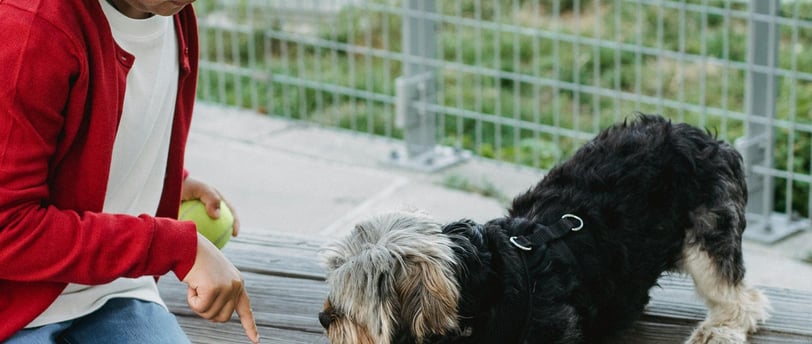Essential Dog Training Tools and Techniques
Discover the best training tools for dogs, including clickers, treats, and toys. Learn how effective dog training equipment can enhance your training techniques and improve your pet's behavior.
GEAR GUIDES
1/18/20252 min read


Training Tools for Success
When it comes to training a service dog, one thing is absolutely clear: every dog is unique. What works wonders for one dog might not resonate with another, and that's okay! Below are a few recommendations based on my experience training Max and additional research. Whether you're just starting out or refining advanced tasks, these tools might make the process smoother for both you and your dog.
Training Tools
Clickers are a fantastic way to provide quick, clear feedback to your dog. They're especially useful in louder environments or when you need to mark the exact moment your dog performs a behavior correctly.
When I first introduced a clicker to Max, he didn’t immediately take to it. I drilled the click-treat process, but it just didn’t click (pun intended). We recently gave it another go, and it’s been amazing! If your dog doesn’t pick up on something right away, don’t push it. It might not be the right fit for them—or it might just not be the right time.
Whistles aren't something I've personally used with Max, but many trainers swear by them for recall training or working with active dogs. Whistles provide a consistent sound that can cut through distractions and grab your dog’s attention.
Training Rewards: Find Your Dog’s Motivation!
Rewards are the cornerstone of effective training, but the type of reward can vary greatly depending on your dog.
Treats
Treats are the classic training reward, and their effectiveness often depends on their value to your dog. Here’s how I like to break them down:
Mid-Value Treats: Great for daily training sessions and general skill reinforcement. These are regular treats your dog enjoys.
High-Value Treats: Reserved for critical tasks, mastering new skills, or situations where you need their full focus. These are the treats your dog loves.
💡 Pro Tip: Use high-value treats sparingly to keep their motivational power strong. And don’t forget to invest in a treat pouch—it keeps your treats accessible and your hands free, making training sessions much easier!
Toys
For some dogs, toys are even more motivating than treats. Whether it’s a favorite ball, squeaky toy, or tug rope, toys can be a powerful reward. They can also double as training tools—think puzzle toys, snuffle mats, or treat dispensers that encourage problem-solving and engagement.
Final Thoughts
Remember, the tools and methods that work best for you and your dog might require some trial and error. Whether it’s finding the perfect treat, introducing a clicker, or discovering your dog’s love for puzzle toys, the key is patience and adaptability.
Do you have a favorite training tool or reward? Share your experience in the comments—I’d love to hear what works for you!
photo credit: sam lion on pexels
